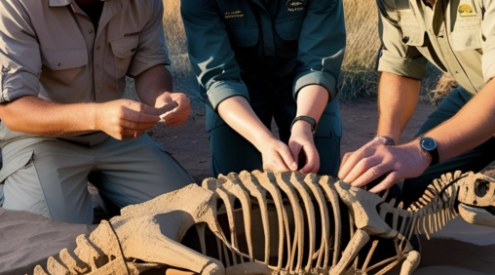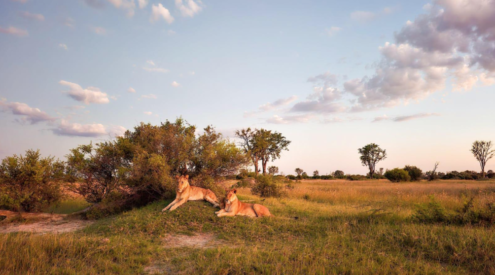With the onset of digital photography, we’ve seen a dramatic increase in the number of photographers experimenting with black-and-white. In the past, you needed to change film and read up on how colour could affect the final negative, but now you can convert any digital image to black-and-white with the simple click of a button in your digital darkroom. Still, no matter how easy the conversion process may seem there are challenges in making great photographs.
A good black-and-white photo starts with a good photograph, period. It amazes me how many people try a black-and-white conversion almost as a last resort to rescue a poor colour image. Black-and-white is pure and can add dramatically to the message you’re trying to portray in the image, and most serious photographers shooting for black-and-white have this in mind when composing images. Something beginners often overlook is that colour and the contrast between colours in an image are critical to a successful black-and-white conversion.
Making the conversion to black and white
You can set your camera to record in black-and-white, but this is creatively limiting and requires you to approach a shoot as you’d have done with film. A far better way is to desaturate the colours of an image in your digital darkroom.
Programs such as Adobe Lightroom have a number of pre-set conversions built in and you can download thousands more from the internet. These allow you to mimic traditional printing and processing techniques used in the old chemical days. To make a basic conversion, adjust the saturation slider to minus 100 per cent or change the image mode to greyscale. However, this may result in a relatively flat and boring black-and-white image. You can play with contrast a little, but you’re limited in what you can achieve. To unleash the full potential of your shot it’s better to use the channel mixer.

With black-and-white film, photographers would use coloured filters (typically red, blue or green) in front of their lenses to accentuate different colours in their black-and-white shots. Confused? Don’t be. By filtering red, green or blue light you effectively changed the way the black-and-white film reacted to the coloured light in question. So you could darken skies or grassy fields simply by using the appropriate coloured filter.
Remember that colour pictures have three primary channels: red, green and blue (RGB). If you desaturate an image using a digital channel mixer rather than by globally making the image greyscale, you can adjust the balance between the colour channels. This replicates the filter use of old. For example, increasing the value of the blue channel will make your blues lighter and red tones darker. Increase the red channel and blues (think skies) will darken, while reds become lighter. While this approach is a little more complicated, the results immediately become apparent and your images will have more impact, with better tonality, texture and contrast.
As is often the case with photography, there’s no one perfect recipe for making a great conversion, but investing a little time and effort with your processing will pay off dramatically in the end.



















